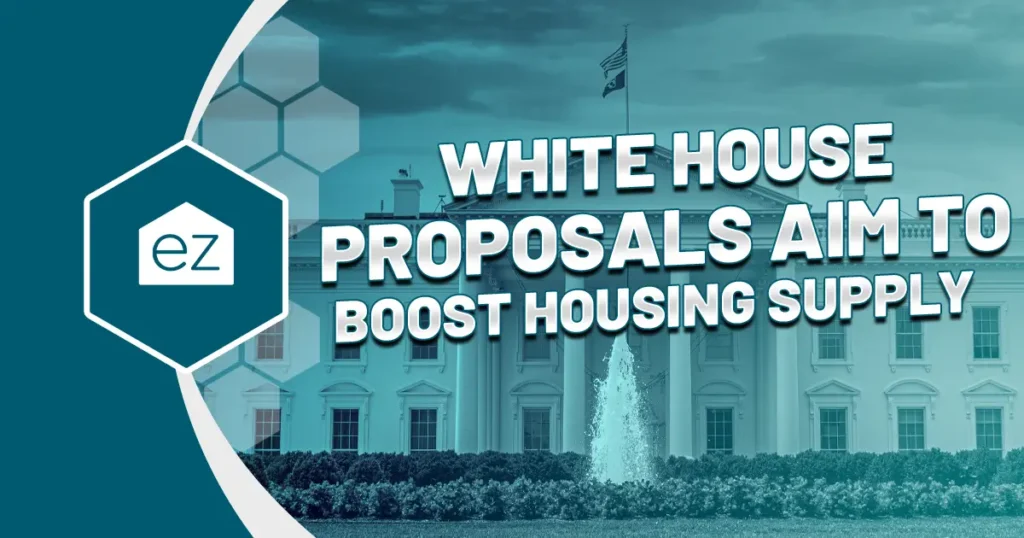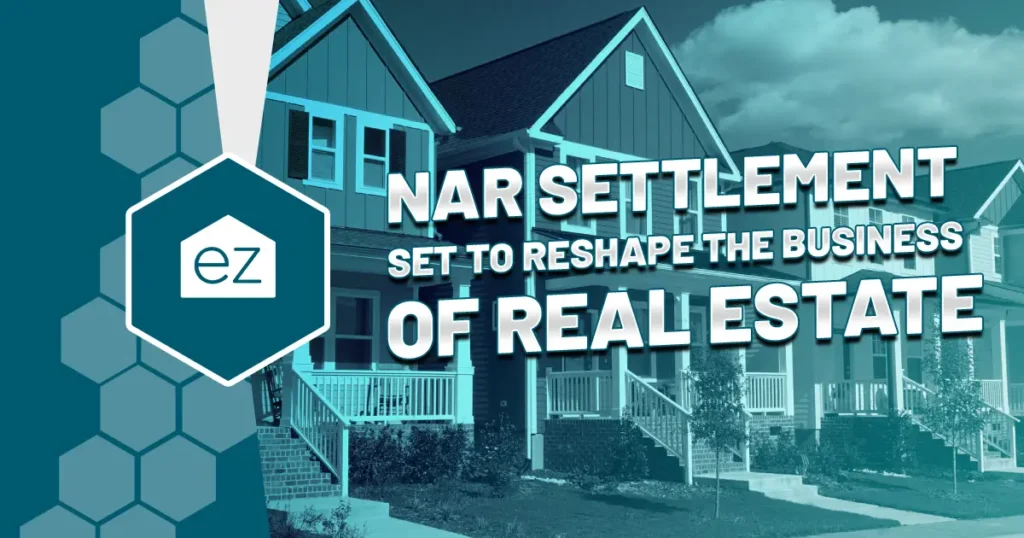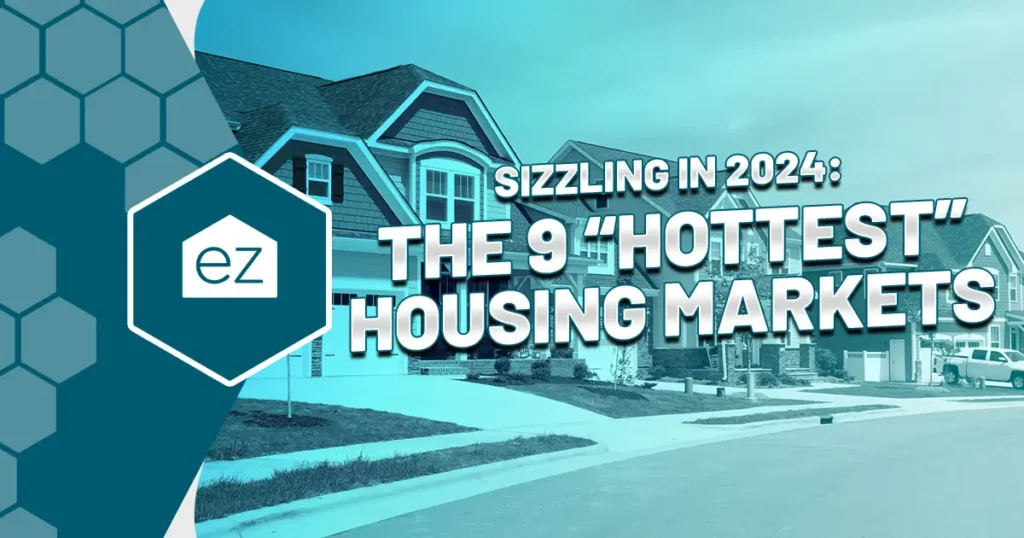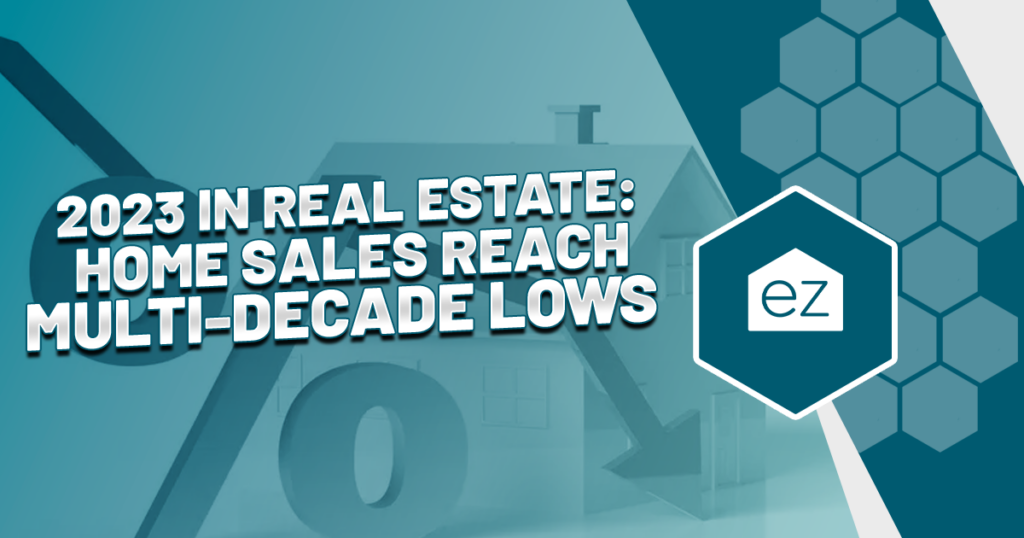2023 Reports Increased Demand for New Construction Homes
While existing home sales slid in 2023, new home sales were one bright spot in the housing market. As recently as December 2023, building permits for private residential homes were up 6.1% year-over-year. Nonetheless, it’s still a mixed market when it comes to building or buying a brand-new home, even with the bump in new construction home sales.
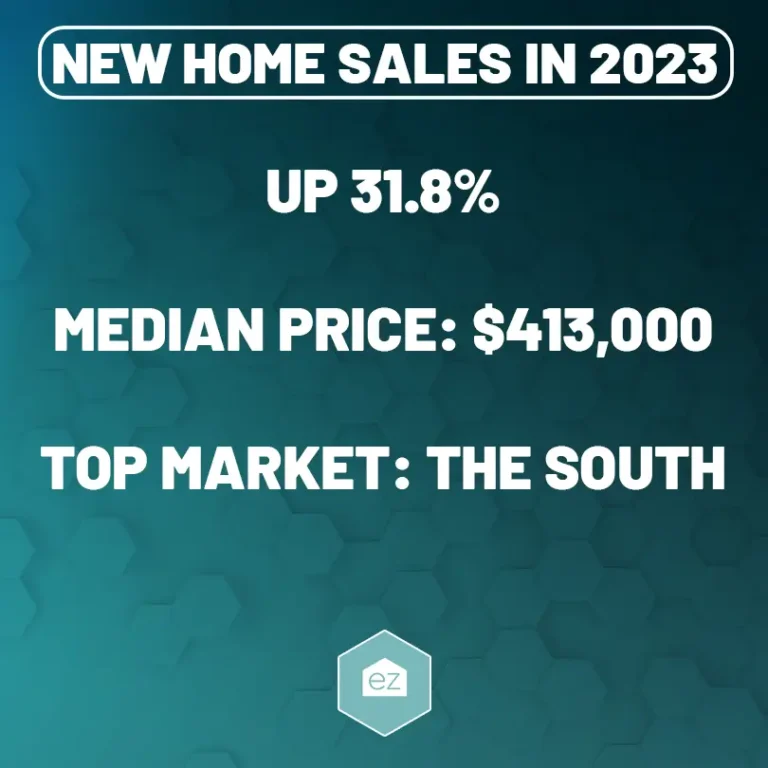
Recently built construction became more attractive as the available inventory of existing homes tanked in 2023.
In the fourth quarter of 2023, new home sales made up 31.8% of all the homes sold–a near-record high, in one report. Some markets like San Antonio had new home sales, making up over a third of all homes sold.
The South led the way in new homes sold–a reported 419,000 in December 2023. Compare that to the Northeast, where just 33,000 new homes sold. The South also had the most new homes for sale. It mirrors the demand for housing in the southern states, as existing home sales were also highest in this part of the United States.
Median prices on new construction homes stood at $413,200 for December 2023. That’s below the 2022 median of $457,800 but above the nationwide median home price of $387,000.
Why New Home Sales Increased
Part of it has to do with the need for new home inventory. There aren’t enough existing homes for sale to meet buyer demands, even if fewer people can afford a home. Those who can buy are tired of waiting for the market to adjust.
What homebuyers found when they turned to new construction was builders offering incentives that made opting into new construction even more attractive. Real estate agents in some high-demand markets, as in San Antonio or Phoenix, recommended new construction as a better option than buying an existing home. Builder incentives like rate buydowns eased interest rates. Other incentives are price cuts and help with closing costs.
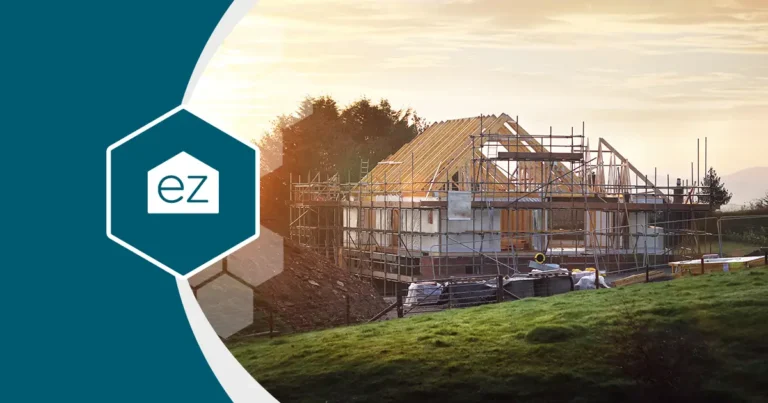
The Downsides on the New Construction Market
It’s not all rosy for new construction; like the overall housing market inventory, the number of planned new homes decreased. A fewer 11.7% of permits were filed in 2023 than in 2022. Permits indicate future plans for new construction, even if the ground doesn’t break for several months. According to the National Association of Home Builders, most permits start construction within two months of issuance.
The Department of Housing and Urban Development (HUD) reported that single-family housing starts were down 8.6% in December 2023 and dropped an overall 9% for the year. They peaked nationwide in May 2023 at 1.583 million but ended the year at 1.46 million starts.
Housing starts are defined as when the work on the excavation for footings or foundation begins. It’s a sign of how many new homes may be available around 8-12 months down the road.
The numbers clearly show a pullback in construction plans from home builders. The slowdown in new home construction resulted from a shrinking home buyer pool. Fewer people are buying homes in general, and the last thing builders want is their homes lingering on the market.
Low permits and starts further signal new construction sales will likely be down into early and mid-point 2024, even as interest rates are anticipated to stabilize or possibly improve.
What’s challenging home builders for 2024
Higher interest rates aren’t just impacting home buyers’ purchasing power; it’s the top concern for home builders. Over 90% of surveyed builders said these rates were their top problem, and 77% expect that to continue into 2024. Inflation–the increased cost of goods and labor- came in second.
In conversations with prospective buyers, builders found that many were expecting prices or interest rates to decline and were delaying their purchase plans. With such a small buyer pool, increasing their plans to build doesn’t make sense.
Looking at the larger economic picture, the US Federal Reserve has taken a wait-and-see approach to the economy in 2024. Inflation has eased, but it’s not back at its preferred 2%. Costs to build are still up and likely will remain so. However, the US needs more homes to match market demand. Without home builders feeling more confident, the housing shortage will likely persist in the years ahead.
Start Your Home Search
Preston Guyton
Share this Post
Related Articles
Real Estate News
White House Proposals Aim to Boost Housing Supply
Real Estate News
NAR Settlement Set to Reshape The Business of Real Estate
Real Estate News
Sizzling in 2024: The 9 “Hottest” Housing Markets
Real Estate News
